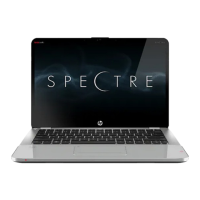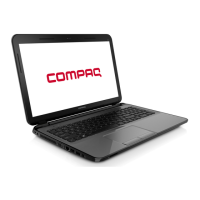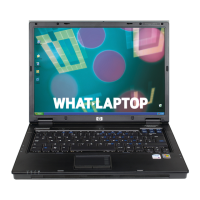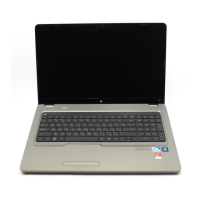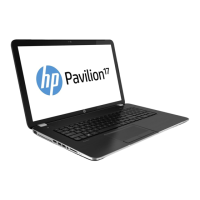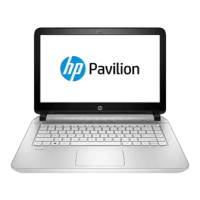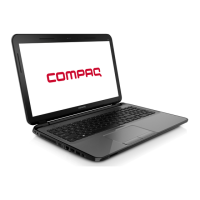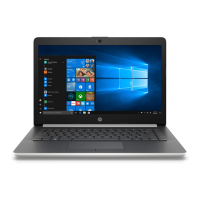Multimedia
Hardware and Software Guide 4–9
Using Multimedia Software
Several multimedia applications to play, create, and manage
digital media are included with your notebook. Most of the
applications can be accessed from a desktop icon or from the
Start > All Programs menu. Other applications may be provided
on a disc.
For general information about installing an application from a
disc or an application that is preloaded but not preinstalled, refer
to the “Installing Additional Software” section in the printed Help
and Support Guide included with your notebook.
Most multimedia applications include a Help file you can access
from the application menu bar or from an icon in the application
directory. Some applications also include tutorials.
You can obtain HP customer support for any multimedia
application included with your notebook.
✎
Some CDs and DVDs contain third-party player software, such
as PCFriendly. If you insert a disc that contains third-party
player software, you are prompted to install the player
software. If you prefer to use the multimedia applications that
are supported by your notebook, decline the player installation
and close the installation window.
Before using any multimedia application, it is recommended that
you read the sections in this chapter.
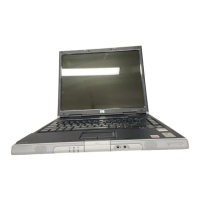
